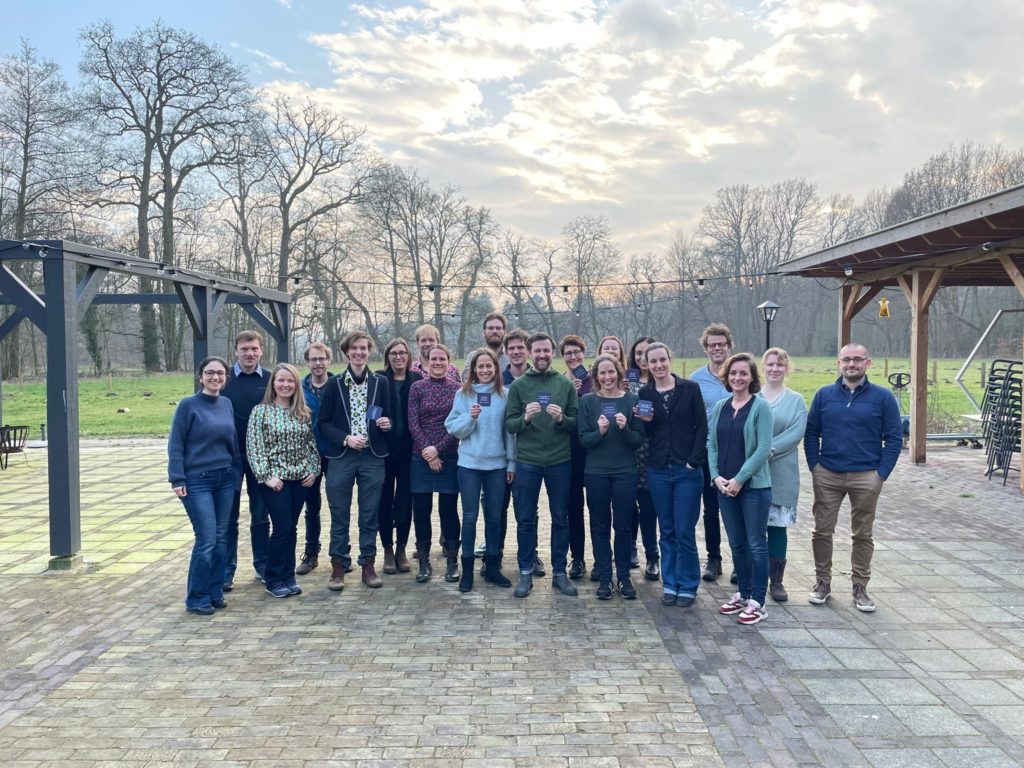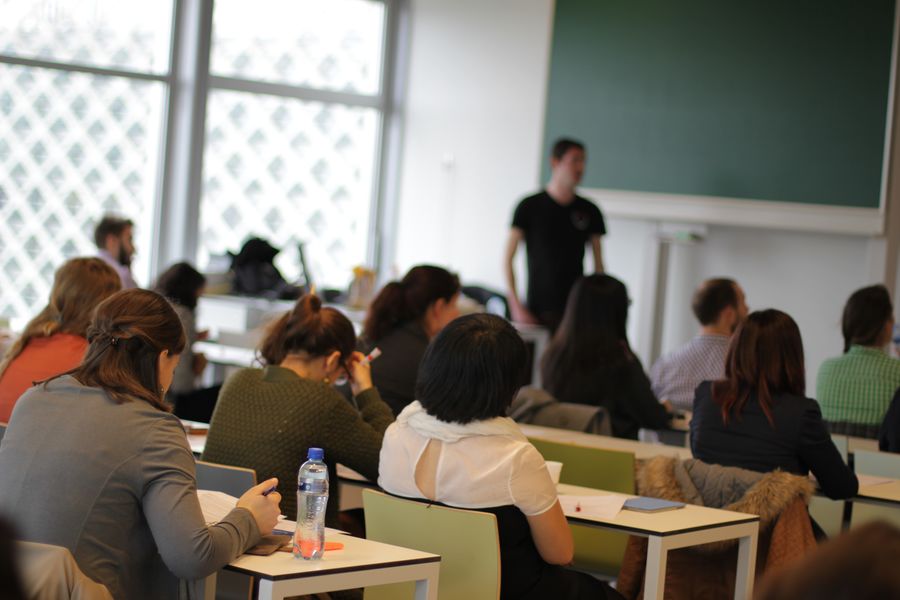Wageningen Young Academy (WYA) seeks new members. This interest group is for young academics willing to contribute to an excellent work and research environment at the university. ‘The tenure track is the current key issue.’
‘We help young scientists to perform well at their jobs’, Janneke Pieters explains. Pieters is an Associate Professor with the Development Economics group (Social Sciences) and one of WAY’s two chairs. ‘We focus on topics such as diversity, science-society communication and the tenure track, which is now set to be included in the Academic Career Framework. ‘We provide the executive board with solicited and unsolicited advice and frequently discuss issues with the rector. We are an interest group, and our contributions are taken seriously.’
(Un)Solicited advice
The association, which has some 25 members, meets once a month to discuss issues that affect young scientists. Moreover, there are several WAY workgroups, Pieters says. ‘The Academic Career Framework is currently a hot topic for WYA’, co-chair Justin van der Hooft, assistant professor of Bioinformatics (Plant Sciences), states. ‘Most WAY members are currently on a tenure track, and we see much unrest. Some colleagues have a seven-year contract and have already embarked on a tenure track from the old system. According to the new system, you are eligible for a fixed position after eighteen months to two years. The resulting questions that arise are difficult even for HR to answer. Our job is to raise such issues with the executive board. We can ask for clearer communication on the transition periods, for example.’

Events
‘In addition to our contribution to policy, we also organise workshops and events’, says Van der Hooft. ‘We recently organised writing days for, among others, tenure trackers. Or should I say Academic Career Frameworkers? We must come up with a new, catchier name. In any event, they must regularly update their portfolio for their career path. Having a full day in the company of others focusing on the same task, and without all the distractions of day-to-day business, to work on your portfolio can be helpful.’
Equal opportunities
‘I believe representing this group of young people is valuable’, says Pieters. ‘Decisions and policies are frequently made by committees consisting mainly of professors, while assistant and associate professors also want to be heard. That is where we come in.’
Van der Hooft nods in agreement. ‘Many current issues are already discussed within the various sciences groups. However, an interest group can make a difference in issues that affect all of WUR because we can join forces to bring issues to the table. Or, our network enables us to identify noteworthy differences between sciences groups. That enables us to discuss these differences with the executive board on behalf of WYA and help create good and equal opportunities for all.’
Network
In addition to these formal activities, WAY also serves as a network for young academics. ‘I wanted to explore the university outside of my own sciences group’, Pieters states on why she joined WYA at the time. The same applies to Van der Hooft. ‘Without WYA, Janneke and I would probably not have met. The association allows you to meet people who work at the same university but on very different things.’ Pieters: ‘And we learn about each other’s’ research as each meeting begins with a short presentation by one of our members about their research; very interesting!’
You have until 12 December to apply for the WYA. Young scientists can be a member of WYA for five years before having to make room for new colleagues. ‘We assess applications on experience and motivation. We are looking for members willing to contribute to the research climate’, says Pieters. This round, we have room for five or six new members. That is how many members are currently “retiring”. We consider anyone under 45 young.’

 In addition to being an interest group, WYA also organises activities such as writing days for tenure trackers. Photo Marthe Hofsteenge
In addition to being an interest group, WYA also organises activities such as writing days for tenure trackers. Photo Marthe Hofsteenge 

